Display Regulations
For questions regarding display regulations contact:
Mr. Bob Harris
display@ctsciencefair.org
The purpose of the display is to show the results of an experiment, not to conduct the experiment. Leave items used in the experiment and props at home. Rely on your backboard and report to communicate the results and capture the judges’ attention. Use written reports, tables, graphs, and photographs to show equipment, its operation, and your results.
Students invited to orally represent their work during final judging may bring in apparatus they deem necessary for their discussions with judges. Such equipment must fit within the allocated display space and must comply with the fair’s regulations. It must be removed at the end of final judging. Electric power if previously requested will be provided for Final judging.
What NOT to Include in Your Display
- No Props: Commercial equipment is not allowed so leave things like thermometers, blood pressure cuffs, voltmeters, stop watches, and laboratory equipment at home. Photographs are acceptable. You may wish to include a short demonstration in the optional video. If you are selected as a finalist and have equipment to demonstrate, you may bring it for Finalist Judging.
- No Hazardous Materials: Practically any chemical should be left home.
Display Size
Only table top displays are allowed. Size Limitations- These are the Maximum Sizes permitted:
| 30 in (76 cm) | depth |
| 48 in (122 cm) | width |
| 78 in (183 cm) | height from tabletop |
Commercial Equipment
No equipment (computers, oscilloscopes, video display terminals, playback devices, spectrographs, etc.) other than what is an integral part of home-built apparatus will be allowed in the display during preliminary judging. No electric power will be available during preliminary judging.
Not Allowed At Project
- Living organisms including plants, animals, and microbes
- Taxidermy specimens or parts
- Preserved vertebrate or invertebrate animals
- Human or animal food
- Human/animal parts or body fluids (for example, blood, urine)
- Plant materials (living, dead, or preserved) which are in their raw, unprocessed, or non-manufactured state
- Laboratory/household chemicals including water (Exceptions: water integral to an enclosed apparatus; crystals grown by you, displayed in a case, and removed after final judging)
- Poisons, drugs, controlled substances, hazardous substances or devices (for example, firearms, weapons, ammunition, reloading devices)
- Dry ice or other sublimating solids
- Sharp items (for example, syringes, needles, pipettes, or knives)
- Flames or highly flammable materials
- Batteries with open-top cells
- Awards, medals, business cards, flags, endorsements, and/or acknowledgements (graphic or written) unless the item(s) are an integral part of the project
- Photographs or other visual presentations depicting vertebrate animals in surgical techniques, dissections, necropsies, or other lab procedures
- Active Internet or e-mail connections as part of displaying or operating the project at the CSEF.
- Prior years' written material or visual depictions on the vertical display board.
- Overlapping panels on the backboard are not permitted. Supporting detailed information should be contained in a data book or as part of the research report.
- Glass or glass objects unless deemed by the Display and Safety Committee to be an integral and necessary part of the project
- Any apparatus deemed unsafe by the Display and Safety Committee (for example, large vacuum tubes or dangerous ray-generating devices, empty tanks that previously contained combustible liquids or gases, pressurized tanks, etc.)
Allowed at Project BUT with the Restrictions Indicated
- Soil or waste samples if permanently encased in a slab of acrylic.
- Photographs and/or visual depictions if sources are credited. For example: “Photographs taken by finalist.” Photographs of participants are allowed.
- Any apparatus with unshielded belts, pulleys, chains, or moving parts with tension or pinch points may not be operated
- Class II lasers:
- May be operated only by the fair participant.
- May be operated only during finalist judging.
- Posted sign must read “Laser Radiation: Do Not Stare Into Beam.”
- Must have protective housing that prevents physical and visual access to beam.
- Must be disconnected when not operating.
- Class III and IV lasers may not be operated.
- Any apparatus producing temperatures that will cause physical burns must be adequately insulated.
Electrical Regulations
- Bare wire and exposed knife switches may be used only in circuits of 12 volts or less.
- All electrical connectors, wiring, switches, extension cords, fuses, etc. in high voltage circuits (over 12 volts) must be UL-listed and must be appropriate for the load and equipment. Connections must be soldered or made with UL-listed connectors. Wiring, switches, and metal parts must have adequate insulation and overcurrent safety devices (such as fuses) and must be inaccessible to anyone but the fair participant. Exposed electrical equipment or metal that is liable to be energized must be grounded or shielded with a grounded metal box or cage to prevent accidental contact. There must be an accessible, clearly visible on/off switch or other means of disconnect from the power source. Maximums are 500 watts @ 130 volts AC / 60 Hertz.
- Finalists requiring 120 volt AC electrical power must provide a UL-listed 3-wire extension cord which is appropriate for the load and equipment.

